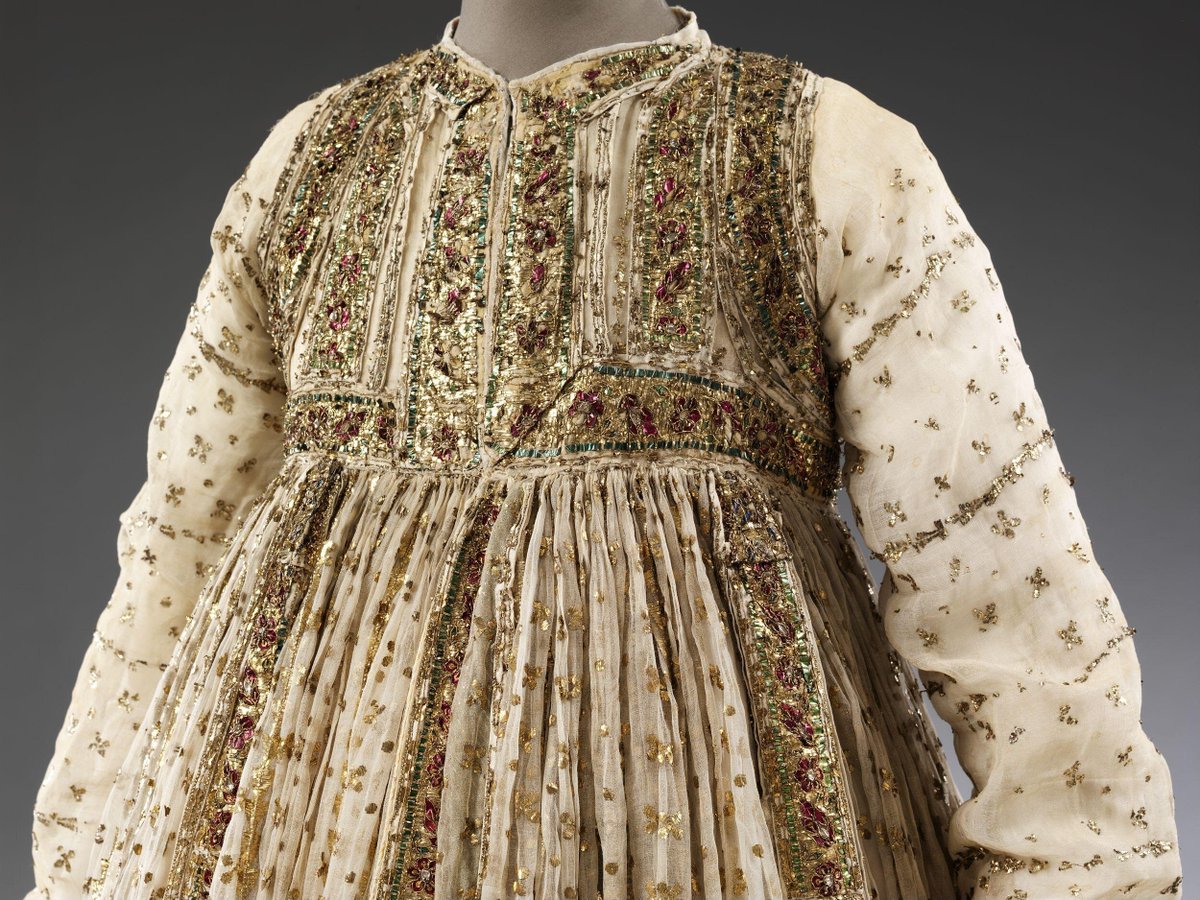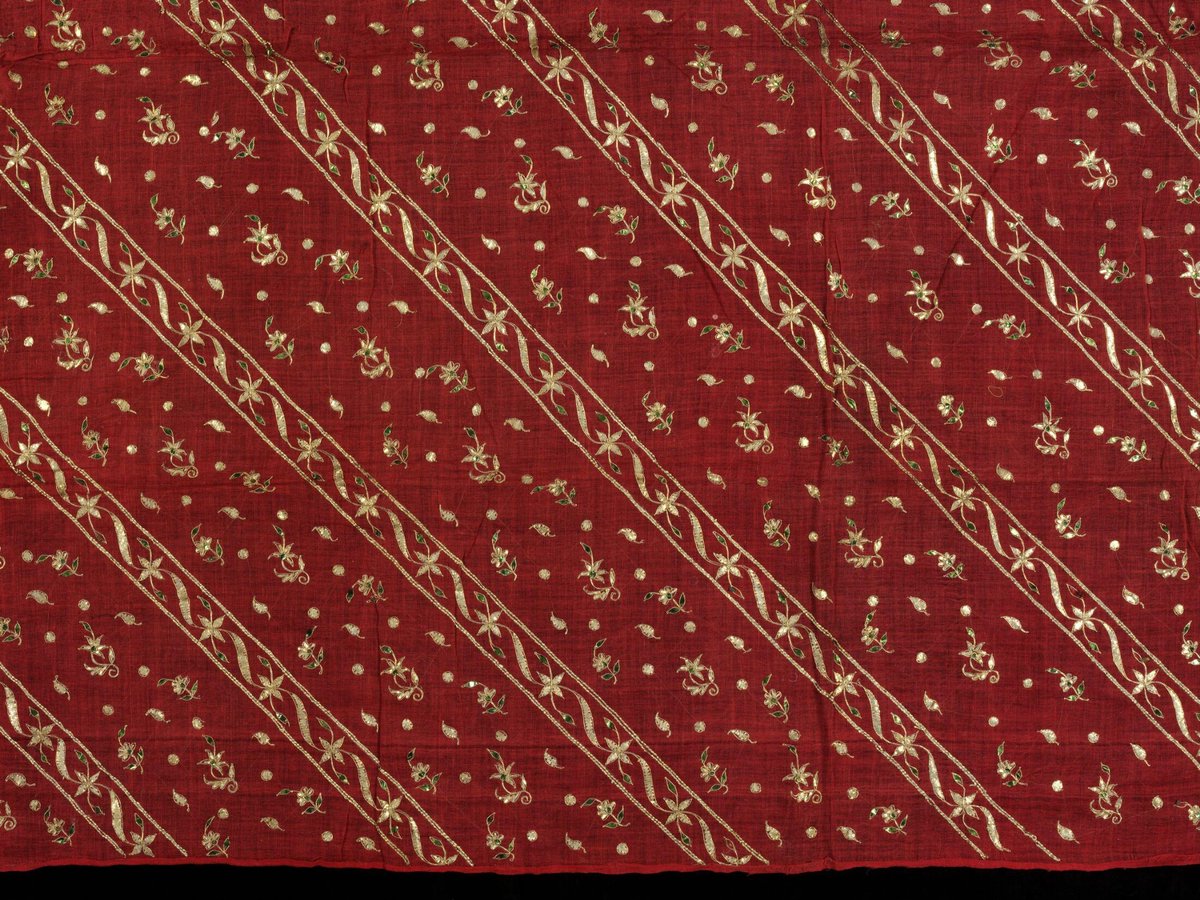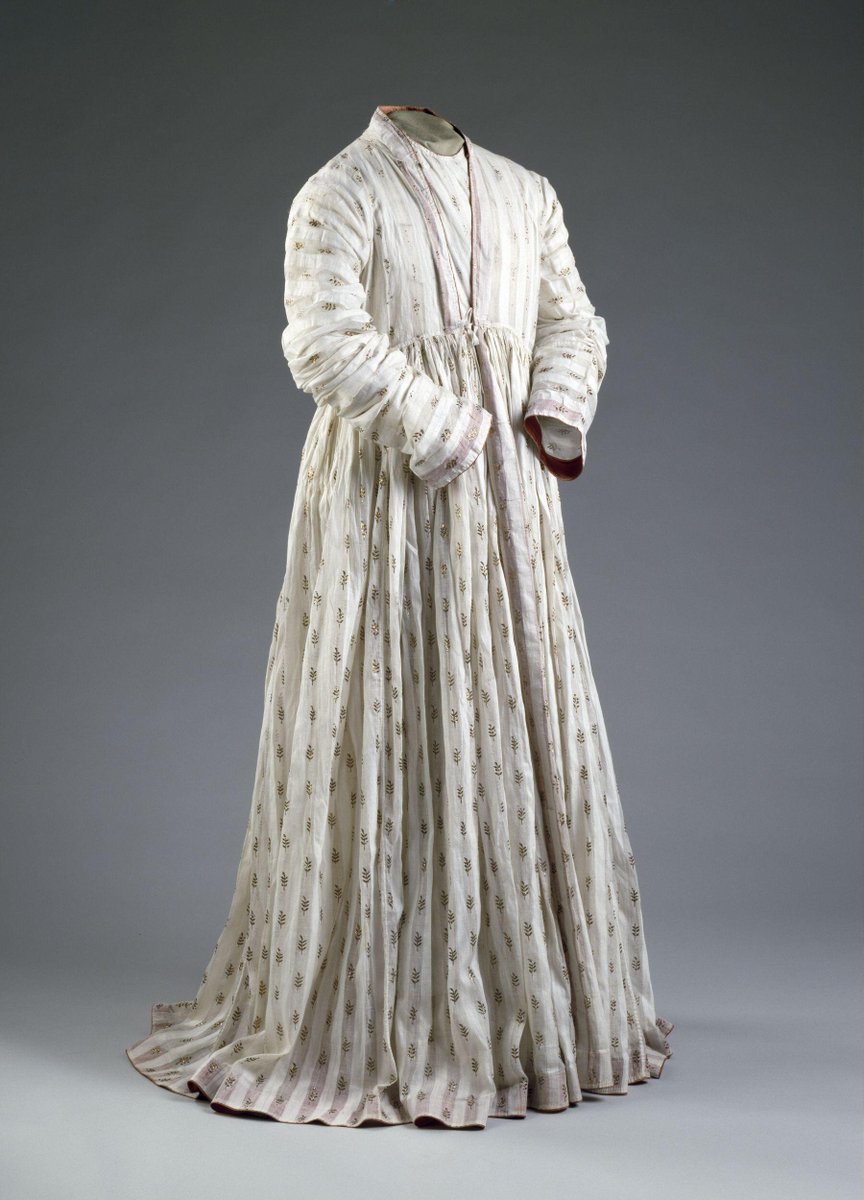
Just a very friendly reminder that I am a *fantasy novelist*.
I am not an academic.
I am not a journalist.
I write stories about magic, witches, monsters, and flirting. Often in sumptuous clothing.
I ask a lot of questions and share the answers I find.
I am not an academic.
I am not a journalist.
I write stories about magic, witches, monsters, and flirting. Often in sumptuous clothing.
I ask a lot of questions and share the answers I find.
I have no control over what goes viral. I want to keep up, but between my life and job and family, I can’t always. I hate that.
I also have ADHD. And depression. And anxiety. Some days Twitter is too much.
I’m totally ok, but just so y’all remember. I do this for free.
I also have ADHD. And depression. And anxiety. Some days Twitter is too much.
I’m totally ok, but just so y’all remember. I do this for free.
I don’t take sponsorships. I don’t do ads.
It’s just me, sharing my research deep dives.
If I miss a comment or a question, please know it’s not intentional.
I love doing #ThreadTalk and will continue to do it, but just putting this all out here.
It’s just me, sharing my research deep dives.
If I miss a comment or a question, please know it’s not intentional.
I love doing #ThreadTalk and will continue to do it, but just putting this all out here.
It’s been 99% awesome. And I’ll take that. But the bigger this platform gets, the more essential it is that I’m transparent with y’all.
Whew. Okay. Now here’s @zefrank on nudibranches.
Whew. Okay. Now here’s @zefrank on nudibranches.
• • •
Missing some Tweet in this thread? You can try to
force a refresh















